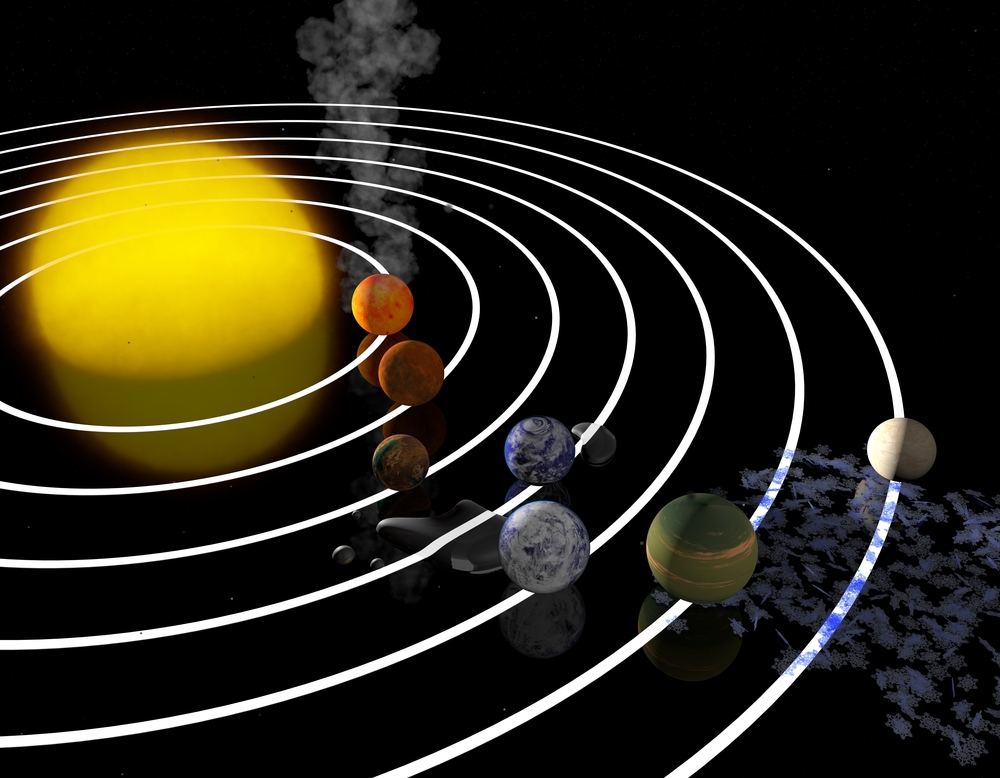Some Trappist Planets Could Have Life Friendly Atmospheres
It’s still too early to pack your bags for TRAPPIST-1. But two new studies probe the likely compositions of the seven Earth-sized worlds orbiting the cool, dim star, and some are looking better and better as places to live (SN: 3/18/17, p. 6).
New mass measurements suggest that the septet probably have rocky surfaces and possibly thin atmospheres, researchers report February 5 in Astronomy & Astrophysics. For at least three of the planets, those atmospheres don’t appear to be too hot for life, many of these same researchers conclude February 5 in Nature Astronomy.
TRAPPIST-1 is about 40 light-years from Earth, and four of its planets lie within or near the habitable zone, the range where temperatures can sustain liquid water. That makes these worlds tempting targets in the search for extraterrestrial life (SN: 12/23/17, p. 25)
One clue to potential habitability is a planet’s mass — something not precisely nailed down in previous measurements of the TRAPPIST-1 worlds. Mass helps determine a planet’s density, which in turn provides clues to its makeup. High density could indicate that a planet doesn’t have an atmosphere. Low density could indicate that a planet is shrouded in a puffy, hydrogen-rich atmosphere that would cause a runaway greenhouse effect.
Using a new computer technique that accounts for the planets’ gravitational tugs on each other, astronomer Simon Grimm of the University of Bern in Switzerland and his colleagues calculated the seven planets’ masses with five to eight times better precision than before. Those measurements suggest that the innermost planet probably has a thick, viscous atmosphere like Venus, Grimm says. The other six, which may be covered in ice or oceans, may have more life-friendly atmospheres. The fourth planet from the star has the same density as Earth and receives the same amount of radiation from its star as Earth, Grimm’s team reports in Astronomy & Astrophysics.
“This is really the cool thing: We have one planet which is very, very similar to the Earth,” Grimm says. “That’s really nice.”
Having an atmosphere could suggest habitability, but not if it’s too hot. So using the Hubble Space Telescope, MIT astronomer Julien de Wit and his colleagues, including some members from Grimm’s team, observed the four middle planets as they passed in front of the star. The team was looking for a signature in near-infrared wavelengths of light filtering through planets’ atmospheres. That would have indicated that the atmospheres were full of heat-trapping hydrogen.
In four different observations, Hubble saw no sign of hydrogen-rich atmospheres around three of the worlds, de Wit and colleagues report in Nature Astronomy. “We ruled out one of the scenarios in which it would have been uninhabitable,” de Wit says.
The new observations don’t necessarily mean the planets have atmospheres, much less ones that are good for life, says planetary scientist Stephen Kane of the University of California, Riverside. It’s still possible that the star’s radiation blew the planets’ atmospheres away earlier in their histories. “That’s something which is still on the table,” he says. “This is a really important piece of that puzzle, but there are many, many pieces.”
Finishing the puzzle may have to wait for the James Webb Space Telescope, scheduled to launch in 2019, which will be powerful enough to figure out all the components of the planets’ atmospheres — if they exist.

